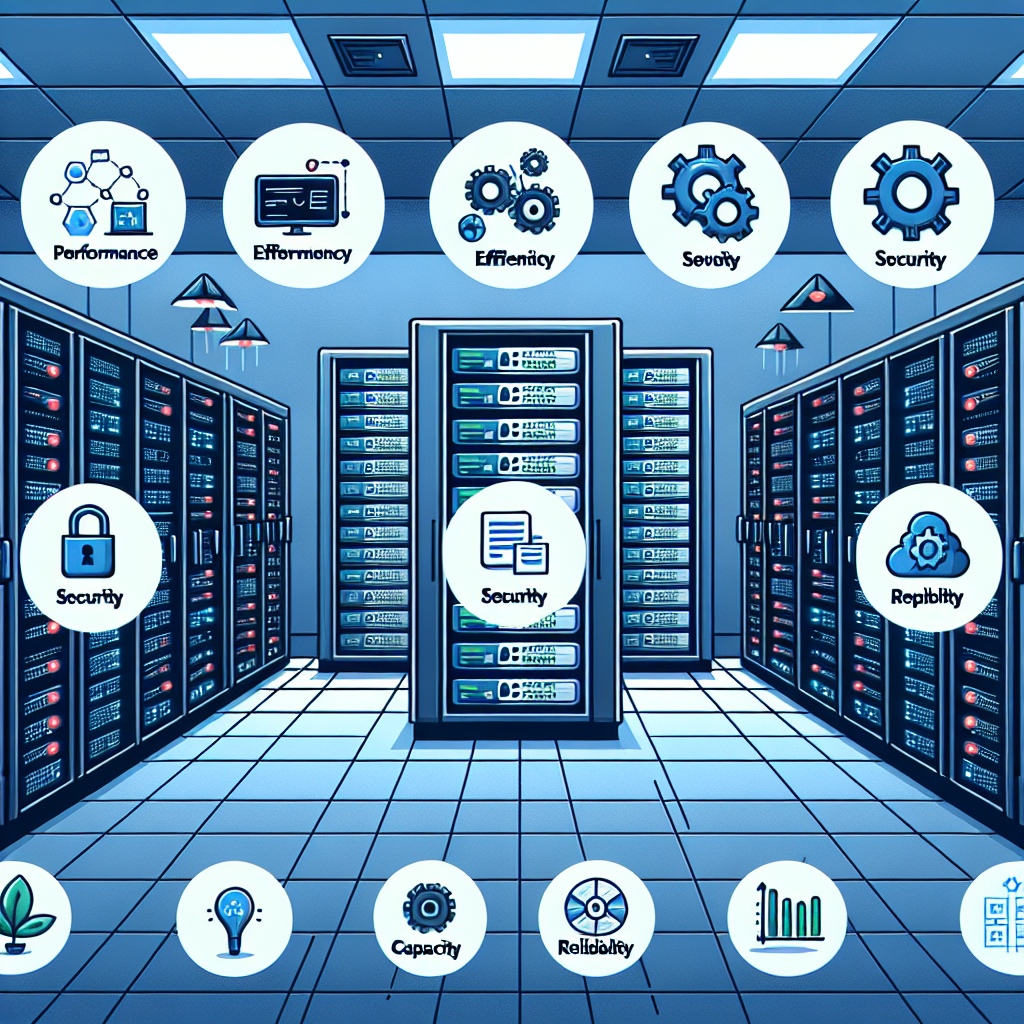In today’s digital age, data centers play a crucial role in ensuring the smooth operation of businesses and organizations. A data center audit is essential to assess the performance, efficiency, and security of these facilities. By including key metrics in your audit checklist, you can identify areas for improvement and ensure that your data center is operating at its optimal level. Here are the top five key metrics to include in your data center audit checklist:
1. Power Usage Effectiveness (PUE): PUE is a metric that measures the energy efficiency of a data center. It calculates the ratio of total energy consumed by the data center to the energy consumed by the IT equipment. A lower PUE value indicates higher energy efficiency, so it is important to monitor and optimize this metric to reduce operating costs and minimize environmental impact.
2. Cooling Efficiency: Cooling is a critical component of data center operations, as IT equipment generates heat that must be dissipated to prevent overheating. Monitoring cooling efficiency metrics such as temperature differentials, airflow patterns, and cooling system effectiveness can help identify potential issues and optimize cooling systems for maximum efficiency.
3. Server Utilization: Server utilization measures the percentage of time that servers are actively processing data. Low server utilization can indicate inefficiencies in resource allocation and capacity planning, leading to wasted energy and underutilized hardware. By monitoring server utilization metrics, data center managers can identify opportunities to consolidate servers, optimize workloads, and improve overall efficiency.
4. Downtime and Availability: Downtime can have significant financial and reputational consequences for businesses, so it is important to track metrics related to data center availability and uptime. These metrics include mean time between failures (MTBF), mean time to repair (MTTR), and overall uptime percentage. By monitoring downtime and availability metrics, data center managers can identify potential vulnerabilities and implement strategies to minimize downtime and maximize availability.
5. Security and Compliance: Data centers house sensitive and critical information, making security and compliance essential considerations in audits. Security metrics such as access controls, intrusion detection, and data encryption should be included in the audit checklist to ensure that data center facilities are secure against cyber threats and compliant with regulatory requirements.
In conclusion, including these key metrics in your data center audit checklist can help you assess the performance, efficiency, and security of your data center facilities. By monitoring and optimizing these metrics, you can identify areas for improvement, reduce operating costs, and ensure that your data center is operating at its optimal level.


Leave a Reply